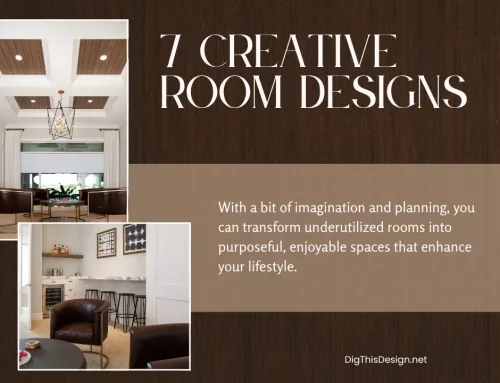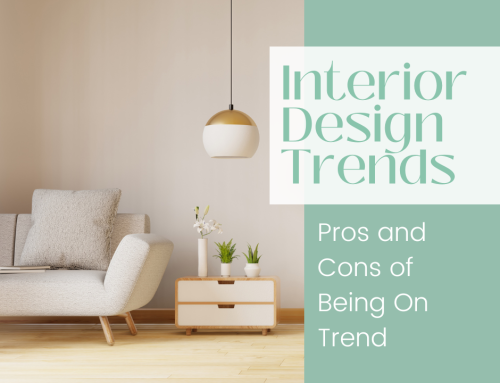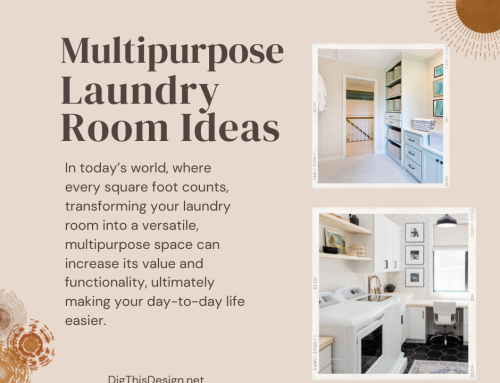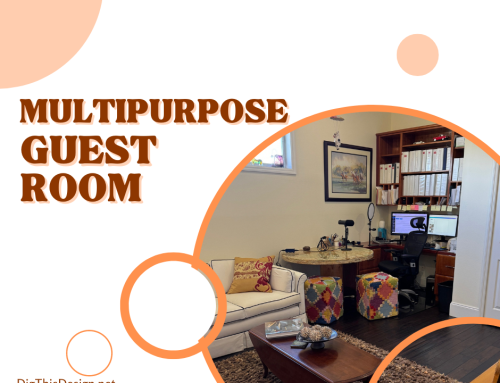What is neuroaesthetic design? To answer that question, we need to start with interior design. You often think about how a home looks on the inside, right? For the most part, yes. Interestingly, interior design has two main focuses or roles as follows:
- Aesthetics: How furniture, finishes, and accents contribute to the overall appearance of a room
- Function: How a home’s space is used efficiently
Aesthetics and function are the major focuses in interior design. However, people appreciate the comfort of unplugging and finding sanctuary at home. In other words, what people are searching for is wellness at home.
With everything from work to social media, people need a break from it all. They find inner peace in creating living spaces that promote wellness in every facet. This is neuroaesthetic design.
If this piques your interest, you are invited to continue reading to learn how to bring neuroaesthetic design into your home.
Wellness in Your Home with Neuroaesthetic Design

• Beauty, Aesthetics, Art & Design
Neuroaesthetic design is an emerging field that focuses on the understanding of how our brains respond or react to beauty, aesthetics, art, and design. This field combines neuroscience with cognitive psychology to form this understanding.
This form of design might sound unfamiliar to you now, but as more and more people start to care for their physical and mental health, wellness-centric design will soon become just as important as function and cost-effectiveness.
• Cost-Effective & Good for Your Health
But one of the best parts about sustainable design is that it is not only great for the environment, but in most cases, it’s also cost-effective and good for your health. Incorporating this design into your own home is easily done with just a few simple touches on your part. Things as simple as color changes and certain scents can all play a crucial role in turning your home into your very own wellness hub.
To escape the stressors of everyday life, turn your home into your wellness safe haven. Here are some of the top ways to incorporate neuroaesthetic design with a wellness focus in your home.
Wellness-Focused Interior Design Tips
• Declutter for Wellness
Have you ever sat at home and out of nowhere and for no apparent reason, you feel very uncomfortable? It happens to lots of people but they often blame it on other factors like work or family issues. Outside factors do indeed bring about lots of stress but it’s also important to realize that your physical environment plays its own role in your stress levels too.
Things like bills, dirty dishes, clothes laying around, and too many knick-knacks all play a part in making you feel overwhelmed, anxious, and uncomfortable. If you’ want a home in which wellness is the focus, it’s going to take effort from you to keep your home de-cluttered and organized.
• Use Greenery to Boost Your Mood
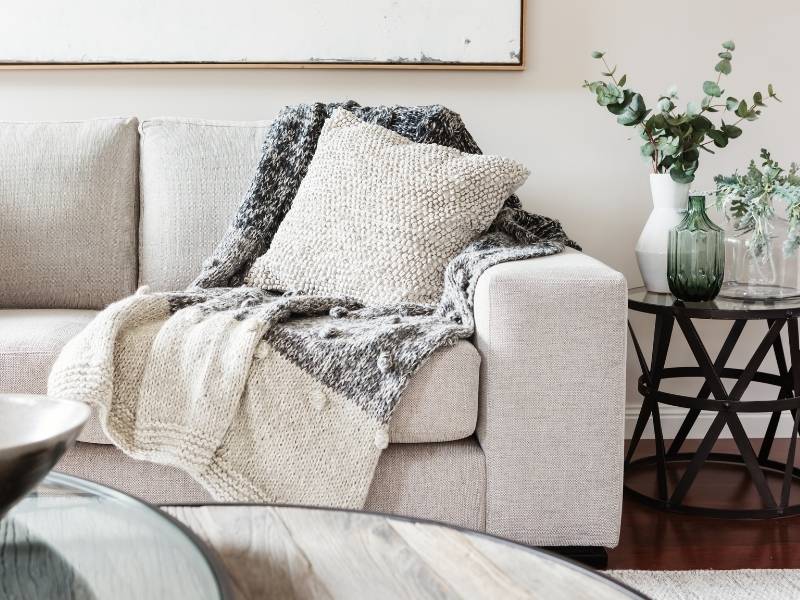
For many years, plants have been known for their healing properties but using plants as a way to boost your mood is not only going to help you to find more comfort at home but it will also boost your mood for when you leave your home as well.
Consider incorporating orchids and aloe vera plants in your bedroom because they emit oxygen at night as well as in sunlight. Bamboo, ferns, and succulents are also great wellness plants to add to the overall design of your home and boost your mood. Amazingly, plants are a major part of your healthy design.
• Switch to Alternative Electricity
Switching to alternative energy isn’t necessarily an actual interior design piece to add to a room in your home, per se, but it certainly contributes to wellness in your home by reducing stress levels.
How many times have you looked at your electric bill and almost fainted? It probably happens more often than you want. In order to function in our daily life, we have to use electricity. Everything from the air conditioner to lights, we use these things every day and they’re major consumers of energy, typically from fossil fuels, which are bad for the environment.
Alternative electricity uses energy from renewable resources to generate electricity, which in turn, lowers your electric bill. So if you’re currently using traditional electricity, shop around for cheap electricity. It will not only power your home but this decrease in your electric bill can also decrease your stress level when it comes to paying your bills every month.
• Invest in Comfort
A major part of wellness in your home’s design should be to feel comfortable in your own home, right? Of course, and to feel comfortable in your home, you’re going to have to invest in it.
Comfort in the home is a room by room focus centered around function. In your bedroom, what’s the comfort focus? Your bed. In the living room, what’s comfort focus? Your couch, or even a chair. The point is that depending on the room you’re working on, it’s best to start with the major comfort pieces and then work around that.
For example, in the bedroom, your bed is the comfort focus. So that means, you’ll want to first invest in a comfortable mattress to improve your quality of sleep. Once you have a comfortable bed then, consider changing the color of your room to more calming colors or pale colors that promote relaxation.
Conclusion
There are many ways to incorporate neuroaesthetic design with a wellness focus in your home. The above are just a few examples. So remember, this isn’t something you have to do all at once. Rather, this is something you can do over time. Start room-by-room to add the level of wellness that comforts you, then you have your very own wellness haven.
If you have any questions, we’d love to hear from you in the comments below. Also, look below for links to other fantastic articles about all things design.
Images Courtesy of Canva.
5 Ways Impact Windows Can Make Your Home Eco-Chic
Elegant Home Décor Ideas Simply by Using Glass and Mirrors on Budget
10 Tips for Sustainably Redecorating Your Home
Green Home Ideas: How To Choose The Best Eco-Friendly Items For Your Home

